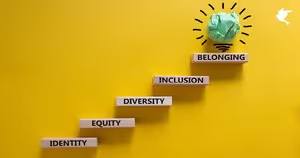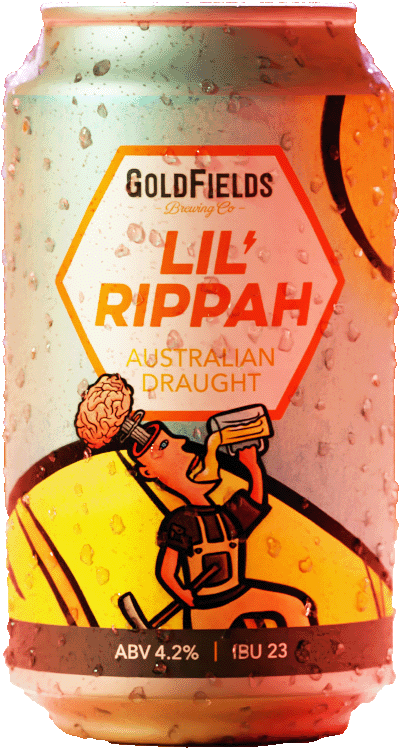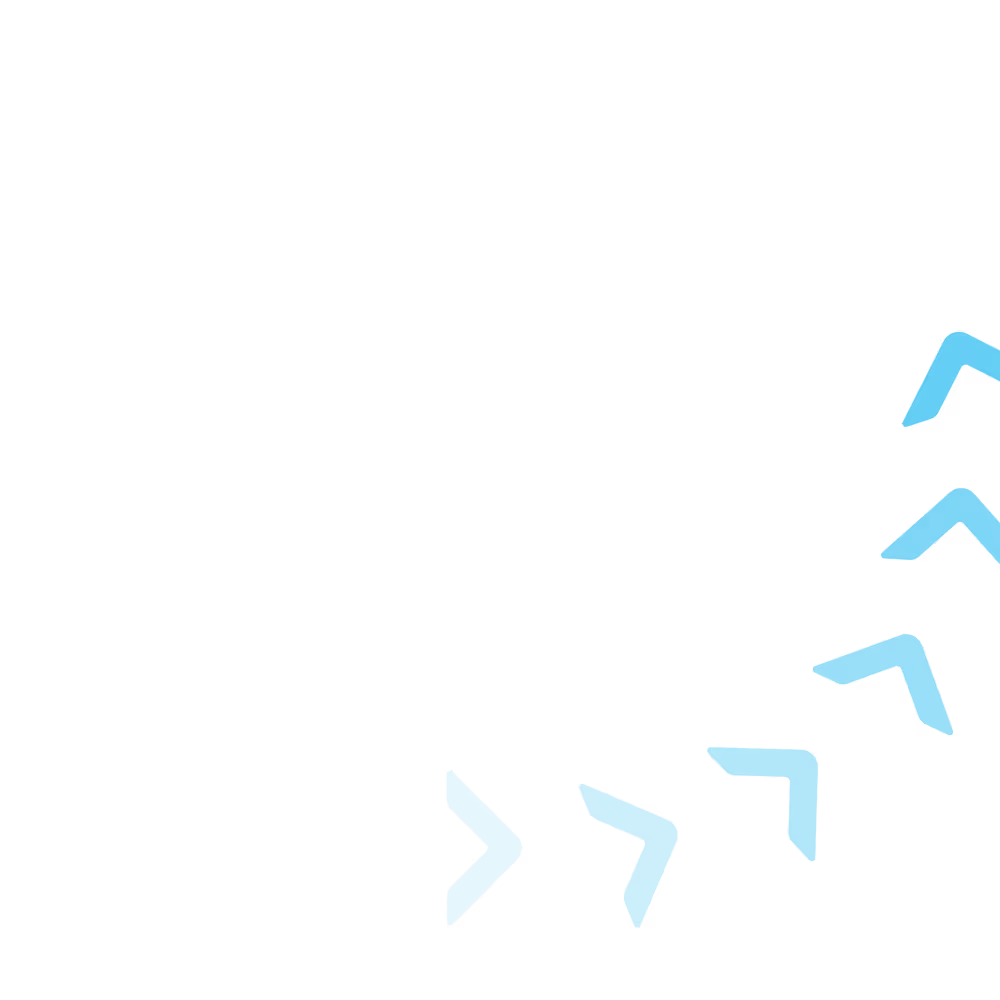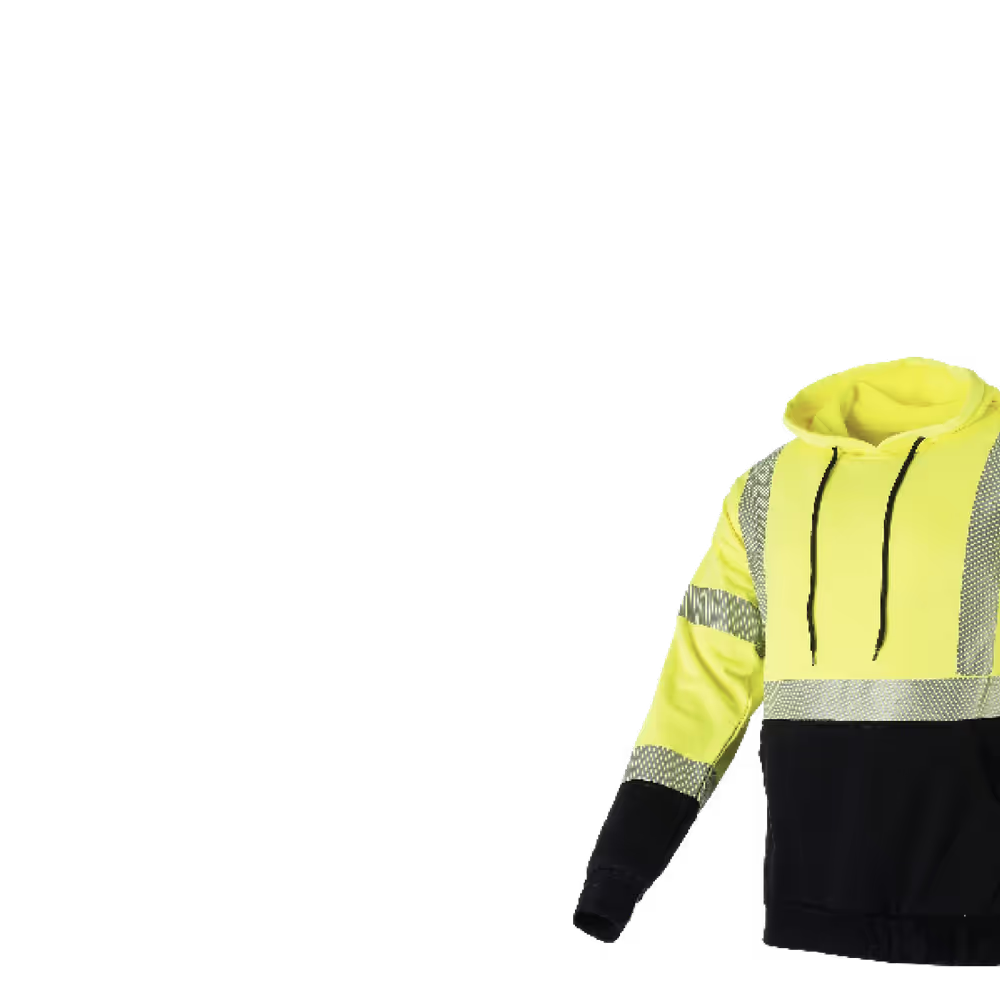We have reached the middle of our Seven Step Process to Brand Engagement Pyramid. Step Four is all about Selectionand it’s where we turn the emotion and connection into action by your customers and employees. Your customer chooses and uses your brand, and your employee starts actively contributing to their future within your organisation.
For an overview of our process click here .
STEP FOUR : SELECTION
We’ve all sat in those quarterly and annual review presentations looking at slides which tell us how many sales the company or brand has made. Those meetings where we have answered the question: have all our efforts resulted in action from our target market?
Once-upon-a-time in marketing this used to be the main measure of our success - did we get more customers, did our customers use more? The commercial reality of running a brand or business has its roots in sales or conversions.
And it’s a critical step in the process because this is where thought and emotion turn into action.
Putting on our Employer hat, it’s the point at which someone decides to accept that job offer and join the company, or where they actively start talking about their future career path in the business.
It’s an interesting place, this point of action. At that moment in time the decision to commit or walk away lies firmly and squarely in the hearts and minds of the customer or candidate.
We can influence them, cajole them, persuade them, woo them right up until that moment. But then no more. All of the groundwork we have done in the first three steps will either pay off, or it won’t.
Marketers have for decades looked to ways to influence right up until that moment.
Billions has been spent on getting prime place (eye-level or gondola ends) on supermarket shelves. Point-of-Sale (or Point-of-Purchase) creative has attempted to entice customers at the last minute with shelf-wobblers, in-store sampling, posters.
Or in the case of services like mobile or utilities, store experience becomes an influence. Have you noticed the increase in seated waiting areas in banks and telecommunications stores ? These are designed to make you comfortable until a human “influencer” can come see you - if you’re comfortable you are less likely to get fed-up waiting and leave.
Even employers attempt to sweeten the deal in wooing top candidates. It is not uncommon practice to send branded swag to candidates with an offer or to get them to meet future colleagues, all designed to make them feel like they’re already on the team. At senior levels the wooing has been known to include dinners at fancy restaurants with champagne to pre-celebrate the signing of the contract, or car brochures to pick the colour of their new future company car.
Harvard Professor Gerald Zaltman says that 95% of purchasing decisions are subconscious and emotion driven, and these moment of decision cues are designed to influence this right up until the last possible point.
CASE STUDY:Apple
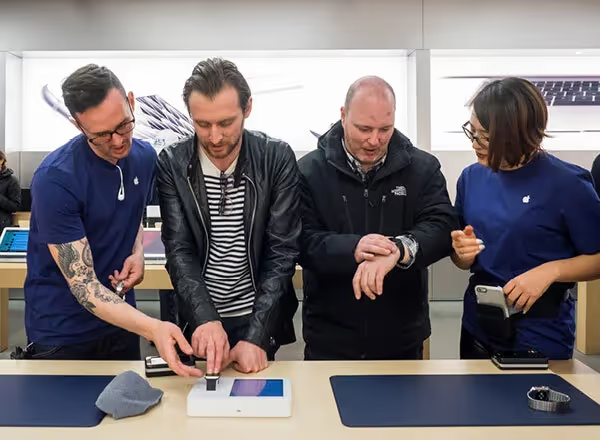
Apple have mastered the art of in-store influence.
On arriving at an Apple Store you are greeted by a friendly, casual, T-shirt clad staffer, who asks your name and enters it into an iPad. You’re asked what you’re interested in and escorted to a designated zone (with stools for comfort) for the product in question, to wait for your sales assistant. In that zone are beautifully displayed products for you to interact with. Already you can imagine yourself with a Macbook at a coffee shop working away.
Then comes the friendly sales assistant - straight up to you and calls you by name (all done because when you checked in you were earmarked as “wearing red shirt” so that you were easily identifiable). Why is this important? Because it immediately makes you feel special, and individual. You’re not just some random customer - you are a valued person in the eyes of Apple.
Your sales assistant will then devote all of their attention to you. With a no-discount policy Apple will not try to sell you with special deals or put pressure on you. Instead you will be given a thorough, personalised walk-through of the product by a friendly and well trained assistant.
The emotional boxes of significance, individualism and warmth all get ticked, making you feel connected to the brand and hopefully influencing your purchase in a positive way.
CASE STUDY: Ben & Jerry’s
Imagine you’re interviewing for a job at Ben & Jerry’s in their head office. (Okay we admit, as a potential employee the concept of free ice-cream in itself is reason for signing on the dotted line, but work with us here).
You’re invited at offer stage to take a tour of the offices and meet a few people. While waiting at reception, you encounter a staffer arriving for work with their dog. The receptionist greets the doggie by name, gives them a pet treat and a big cuddle.
On your tour you then discover that at Ben & Jerry’s every day is “take your dog to work day”, and that the pooches are nicknamed “K9-5ers”. The company loves dogs so much that they’ve even created a doggie icecream which of course the dogs get to enjoy.
Already you’re imagining arriving at work with your own four-legged pal, seeing him play with the other happy K9 crew and contributing to the Ben & Jerry’s Instagram Account dedicated to dogs.
The emotional connection is made and the influence on you as future employee is positive.
Getting Step Four: Selection right means:
- Knowing that emotion plays a dominant role in getting potential consumers or employees to act and select your brand
- Influencing in an on-brand way right up to the point of decision and action
- Removing any barriers or last hurdles - something as simple as the inability to pay easily can deter a customer
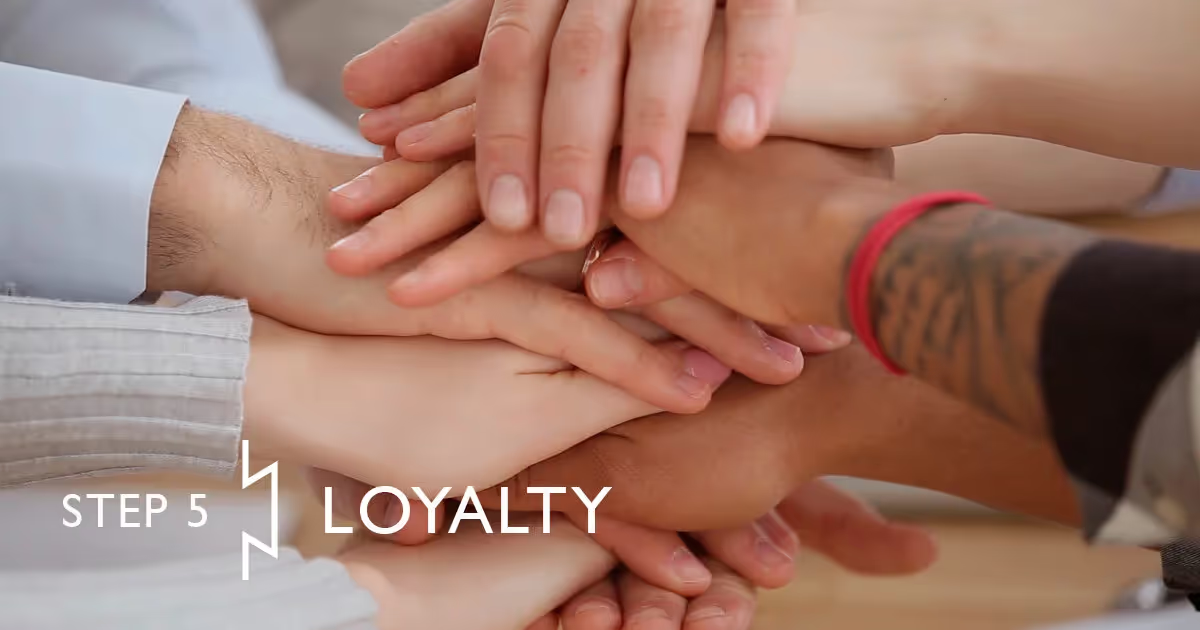
In our next article
We will be talking about Step Five : Loyalty. You now have the customer or your new employee on board. Making them happy about their decision to select your brand and build ongoing, positive emotions is the next step in the growth of your brand and business.
Dovetail Brand Engagement are the first company in Australia (and maybe the world) created to specifically align your most powerful assets; your employees and your brand. HR and Marketing working together towards a single vision will create a greater value and brand equity for your business. Dovetail, can help you reap the benefits of targeting multiple markets with the right strategy for the right target market. More>
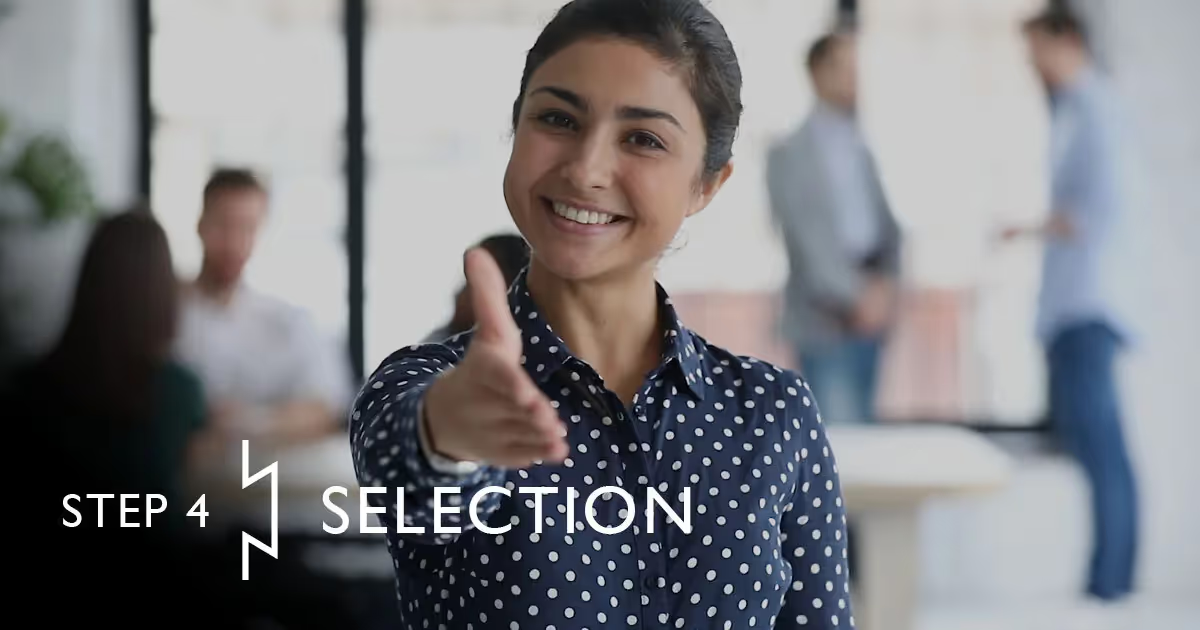








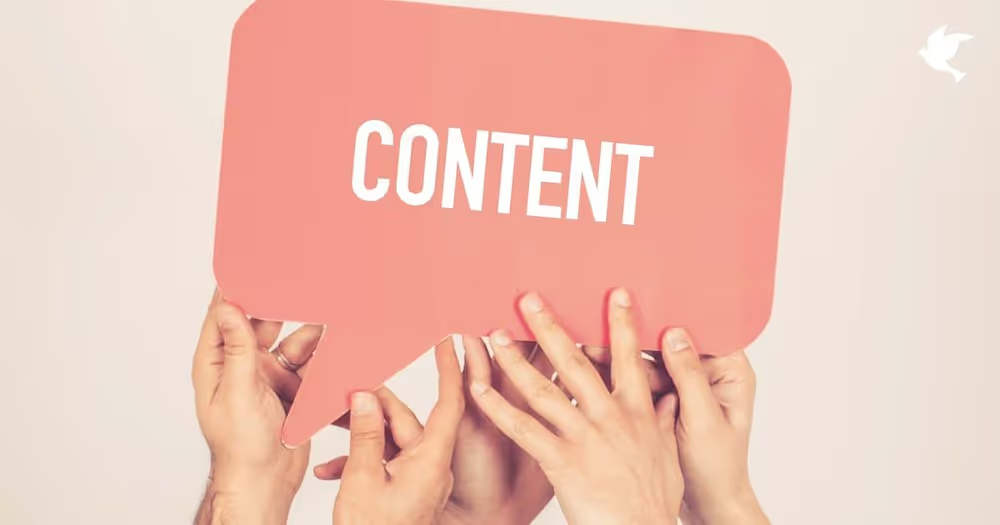
.avif)
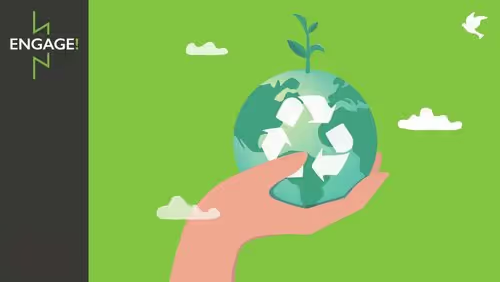


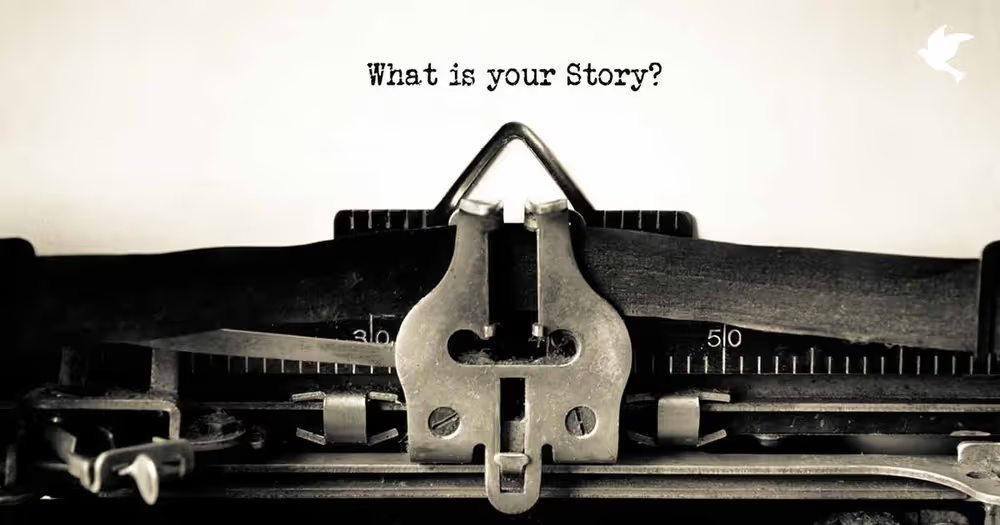
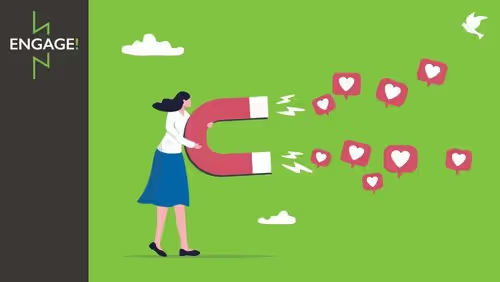
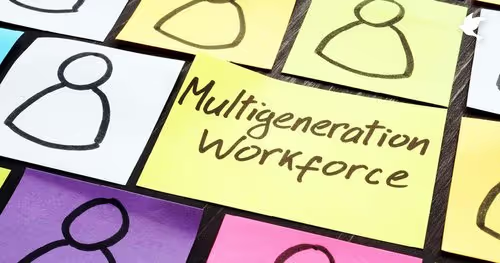



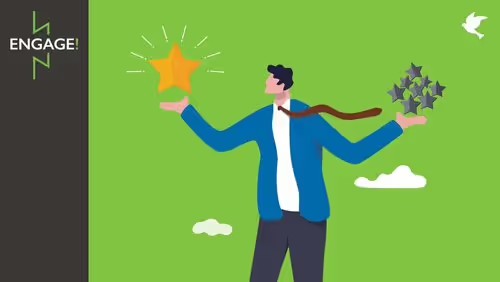
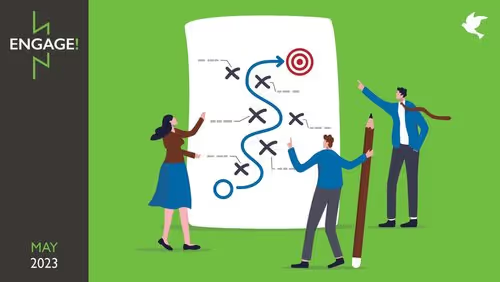

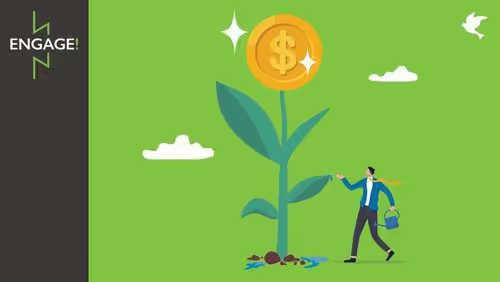



.avif)
